Understanding Blockchain Rollups
Exploring the Potential of Blockchain Rollups - Koop360
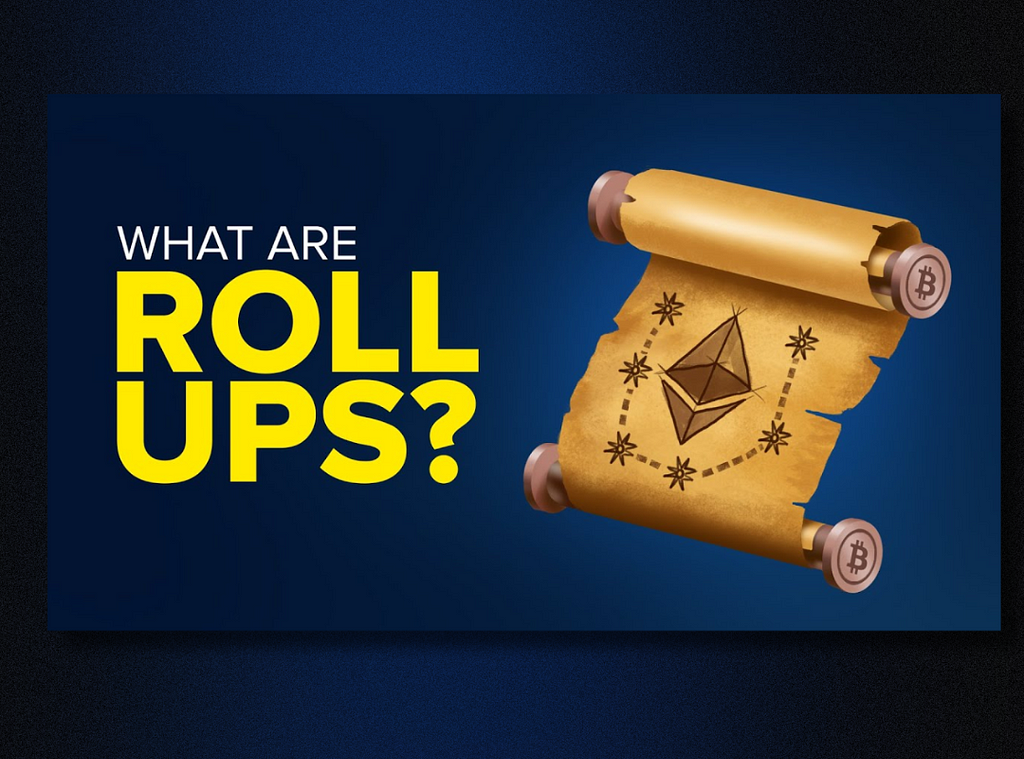 In the realm of blockchain technology, scalability has long been a paramount concern. As networks grow and gain traction, the ability to handle a large volume of transactions becomes crucial for mainstream adoption. Blockchain rollups emerge as a promising solution to this challenge, offering a pathway to significantly enhance scalability without compromising on security or decentralization.
In the realm of blockchain technology, scalability has long been a paramount concern. As networks grow and gain traction, the ability to handle a large volume of transactions becomes crucial for mainstream adoption. Blockchain rollups emerge as a promising solution to this challenge, offering a pathway to significantly enhance scalability without compromising on security or decentralization.In this article, we delve deep into the concept of blockchain rollups, exploring their mechanics, types, benefits, and implications for the broader blockchain ecosystem.
The Scalability Conundrum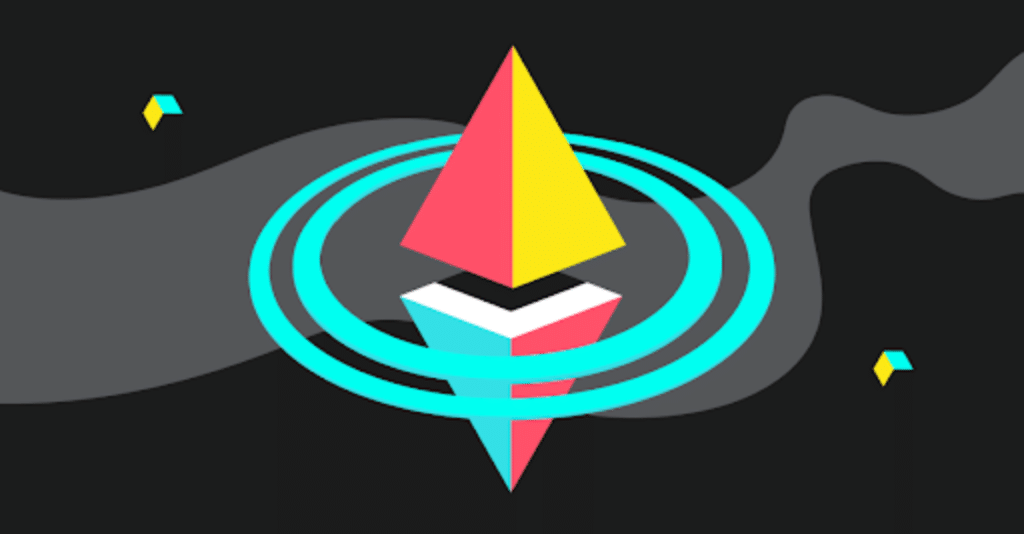
At its core, blockchain technology promises decentralization, immutability, and transparency. However, these strengths come with inherent limitations, particularly regarding scalability. Traditional blockchains, like Ethereum, process transactions sequentially, meaning each transaction must wait its turn to be included in a block. As demand surges, transaction backlogs form, leading to increased fees and slower confirmation times. This scalability bottleneck poses a significant barrier to the widespread adoption of blockchain technology, particularly for applications requiring high throughput, such as decentralized finance (DeFi) and non-fungible tokens (NFTs).
Enter Blockchain Rollups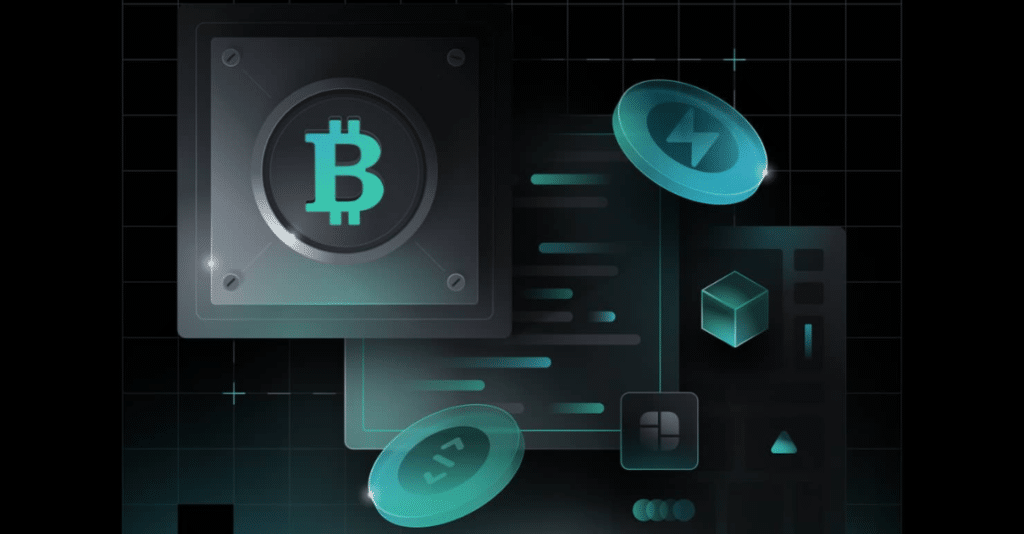
Blockchain rollups present a compelling solution to the scalability conundrum by leveraging off-chain computation and aggregation techniques to process transactions more efficiently. Rather than executing every transaction directly on the main blockchain, rollups bundle multiple transactions together off-chain before submitting a condensed representation to the underlying blockchain. This approach significantly reduces the computational burden on the main chain, enabling it to handle a much higher volume of transactions.
Types of Blockchain Rollups: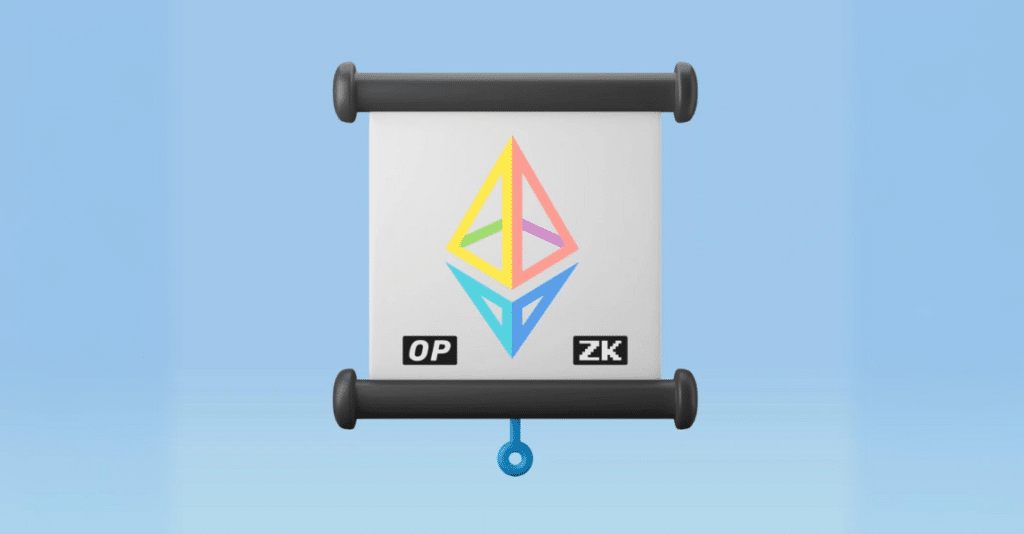
Two primary types of blockchain rollups have emerged, each employing distinct mechanisms to achieve scalability:
1. Optimistic Rollups: Optimistic rollups operate on the principle of optimism, assuming that most transactions are valid unless proven otherwise. In this approach, transactions are processed off-chain by a set of validators who bundle them into a block. This block is then submitted to the main blockchain along with a cryptographic proof attesting to its validity. Validators are incentivized to act honestly, as their deposits serve as collateral and can be forfeited in case of malfeasance. If a dispute arises regarding the validity of a transaction, a challenge period is initiated, during which any participant can submit contradictory evidence. If no valid challenge is raised within the challenge period, the block is considered finalized, and its contents are accepted as valid.
2. ZK-Rollups (Zero-Knowledge Rollups): ZK-Rollups take a different approach, harnessing the power of zero-knowledge proofs to validate transactions off-chain. In this model, transactions are aggregated and processed privately, with only the resulting proof of validity submitted to the main chain. Zero-knowledge proofs allow validators to assert the correctness of transactions without revealing their contents, preserving privacy while ensuring security. This approach not only enhances scalability but also enables privacy-preserving smart contracts and transactions, opening up new possibilities for blockchain applications.
Benefits of Blockchain Rollups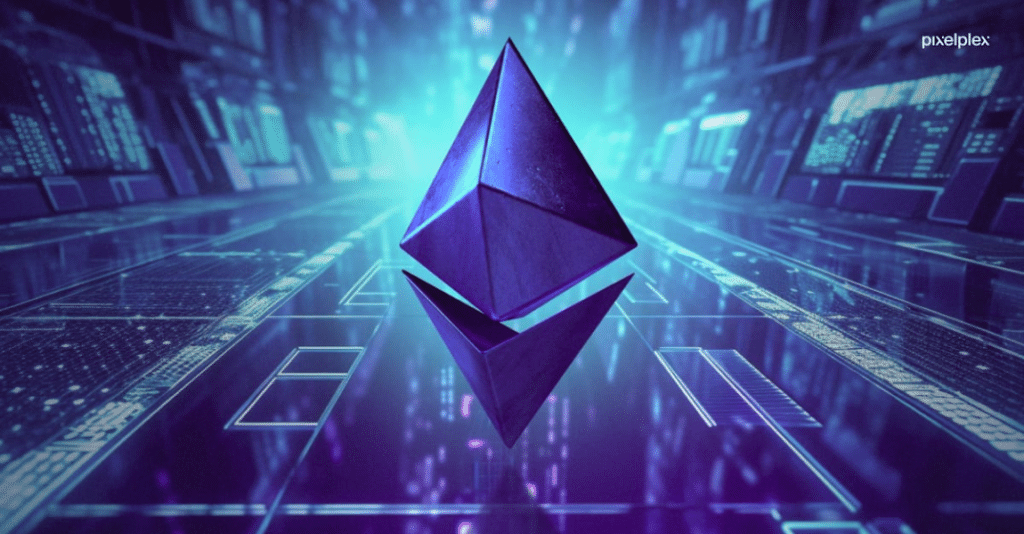
Blockchain rollups offer a host of benefits that make them an attractive scaling solution for blockchain networks:
Scalability: By processing transactions off-chain and aggregating them into succinct representations, rollups dramatically increase the transaction throughput of blockchain networks, enabling them to handle a larger volume of transactions without sacrificing performance.
Reduced Fees: With fewer transactions competing for inclusion in each block, rollups alleviate congestion on the main blockchain, leading to lower transaction fees for users.
Improved User Experience: Faster confirmation times and lower fees translate to a smoother and more seamless user experience, making blockchain applications more accessible to a broader audience.
Privacy: ZK-Rollups, in particular, offer enhanced privacy by allowing transactions to be validated without revealing their contents. This privacy-preserving feature is particularly valuable for applications handling sensitive data or financial transactions.
Security: Despite processing transactions off-chain, both optimistic and ZK-rollups maintain the security and integrity of the underlying blockchain through cryptographic proofs and incentivized validation mechanisms.
Implications for the Blockchain Ecosystem
The adoption of blockchain rollups holds significant implications for the broader blockchain ecosystem:
Scalability Trilemma: Blockchain rollups represent a crucial step towards resolving the scalability trilemma, which posits that blockchains can only achieve two out of three properties: scalability, security, and decentralization. By enhancing scalability without compromising security or decentralization, rollups offer a promising avenue for achieving all three goals simultaneously.
Ecosystem Growth: Improved scalability unlocks new possibilities for blockchain applications, particularly in sectors such as decentralized finance (DeFi), gaming, supply chain management, and digital identity. As transaction throughput increases and fees decrease, developers are empowered to build more complex and resource-intensive applications on blockchain platforms.
Interoperability: Blockchain rollups have the potential to facilitate interoperability between different blockchain networks by enabling seamless transfer of assets and data across disparate platforms. This interoperability paves the way for a more connected and cohesive blockchain ecosystem, fostering innovation and collaboration across projects.
Regulatory Considerations: As blockchain technology matures and gains mainstream acceptance, regulatory authorities are increasingly scrutinizing its implications for consumer protection, financial stability, and compliance. The adoption of blockchain rollups may influence regulatory approaches by addressing concerns related to scalability, privacy, and transaction efficiency.
CONCLUSION

Blockchain rollups represent a groundbreaking advancement in the quest for blockchain scalability, offering a pragmatic solution to one of the technology’s most pressing challenges. By leveraging off-chain computation, aggregation techniques, and cryptographic primitives, rollups enable blockchain networks to process transactions more efficiently without compromising on security or decentralization. As the adoption of blockchain rollups continues to accelerate, the stage is set for a new era of innovation, collaboration, and mainstream adoption in the blockchain ecosystem.
Understanding Blockchain Rollups was originally published in Coinmonks on Medium, where people are continuing the conversation by highlighting and responding to this story.
